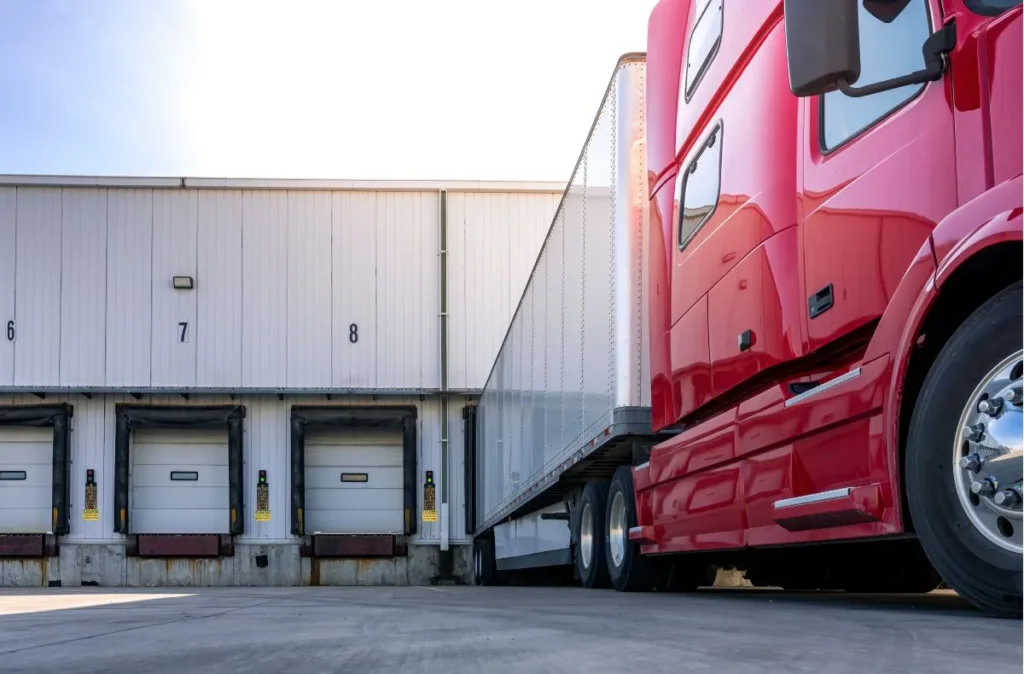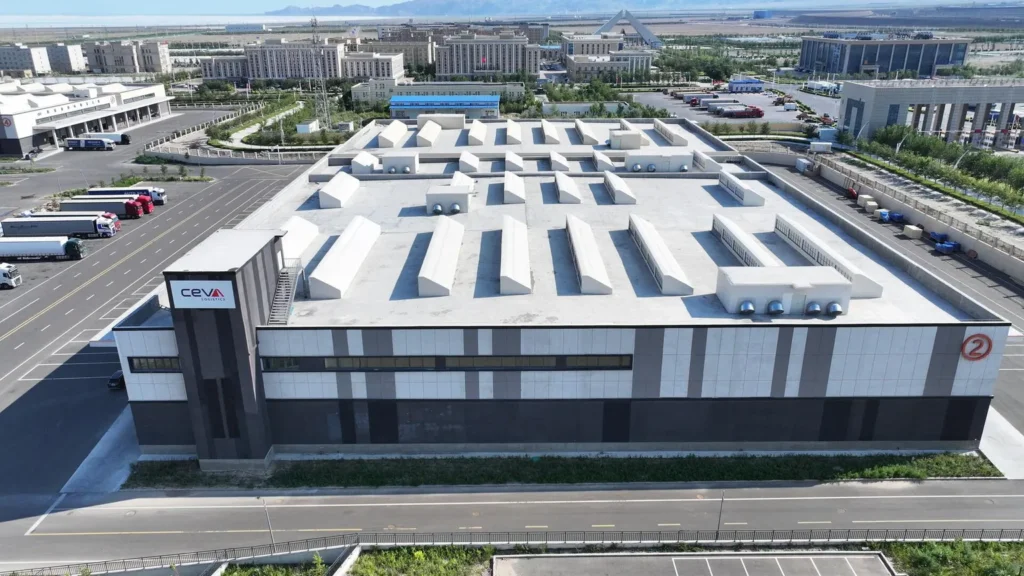Dunkerque-Port has selected CEVA Logistics as a candidate in a Call for Expressions of Interest (AMI) for the issue of title to occupy a 9.5-hectare plot of land.
On this site, located in the eastern part of the Port of Dunkirk, CEVA will be deploying a complete new vehicle logistics park, linked to the maritime flows of exports and imports to and from the Port of Dunkirk. The site will contain vehicle reception and storage areas, as well as loading and unloading areas for trains and vehicle transport trucks.
Development will start in October 2024.
Following completion, CEVA expects to handle around 47,000 vehicles a year and to reach an annual volume of 95,000 vehicles by March 2025. These projections are based on CEVA’s close relationships with the major auto makers, who are keen to transit their flows through the Port of Dunkirk, the gateway to France’s battery valley and the only European port to offer an ecosystem around electric mobility.
The construction of a 600 m² workshop will enable on-site preparation operations, including washing, engraving, plate fitting and other detailing and mechanical services to be carried out on 50,000 vehicles per year. A paint shop, using local skilled labor, is also planned, as well as the installation of electric charging stations and a service station.
In the medium term, CEVA will double its capacity with an additional 10.5 hectares of land, bringing the total surface area of its platform to 20 hectares and its park capacity to 8,700 parking spaces.
CEVA possesses a fleet of 3,000 lorries and 3,000 car-carrier wagons. In addition to its sea chartering capabilities of its deep-sea car-carrier vessels, CEVA has a number of assets at its disposal to develop intermodal links at the Port of Dunkirk and attract additional volumes, the logistics company stresses.
The implementation of a rail spur will enable CEVA to speed up turnaround times, by reserving one or two rail links per week and by allocating part of its own fleet of vehicle transport trucks on a recurring basis.
As CEVA explains, most ports in Northern Europe have been particularly congested since the resumption of automobile production. By setting up in the Dunkirk port operations, CEVA aims to contribute to strengthening automotive hubs and the emergence of the electric vehicle ecosystem in the Hauts-de-France region.
This new activity will be accompanied by the creation of direct jobs, based on the recruitment of 37 people on permanent contracts. To carry out tasks complementary to its core business, CEVA will call on subcontractors, relying as much as possible on local companies.
“The launch of the new automotive logistics centre at the Port of Dunkirk is a strategic development that will enable us to increase the efficiency and resilience of the supply chains of our customers, exporters and importers. The new location will enhance the region’s logistics potential, while supporting our customers’ expansion into new markets. We are proud of this development, which illustrates CEVA Logistics’ commitment to the entire automotive industry, and testifies to our dedication and expertise,” says Mathieu Friedberg, CEO of CEVA Logistics.
Maurice Georges, Chairman of the Board of Dunkerque-Port, added:
“Dunkerque-Port is delighted and proud to welcome CEVA Logistics to the site of the former SRD refinery. With this move, the port will enter a new era, that of electric mobility. Its arrival will enable us to offer a complete range of services to automakers. This is Dunkirk’s new industrial model, based on the principles of a circular, low-carbon economy. Together, we’re going to accelerate the energy transition and achieve carbon neutrality, while generating additional maritime traffic.”









